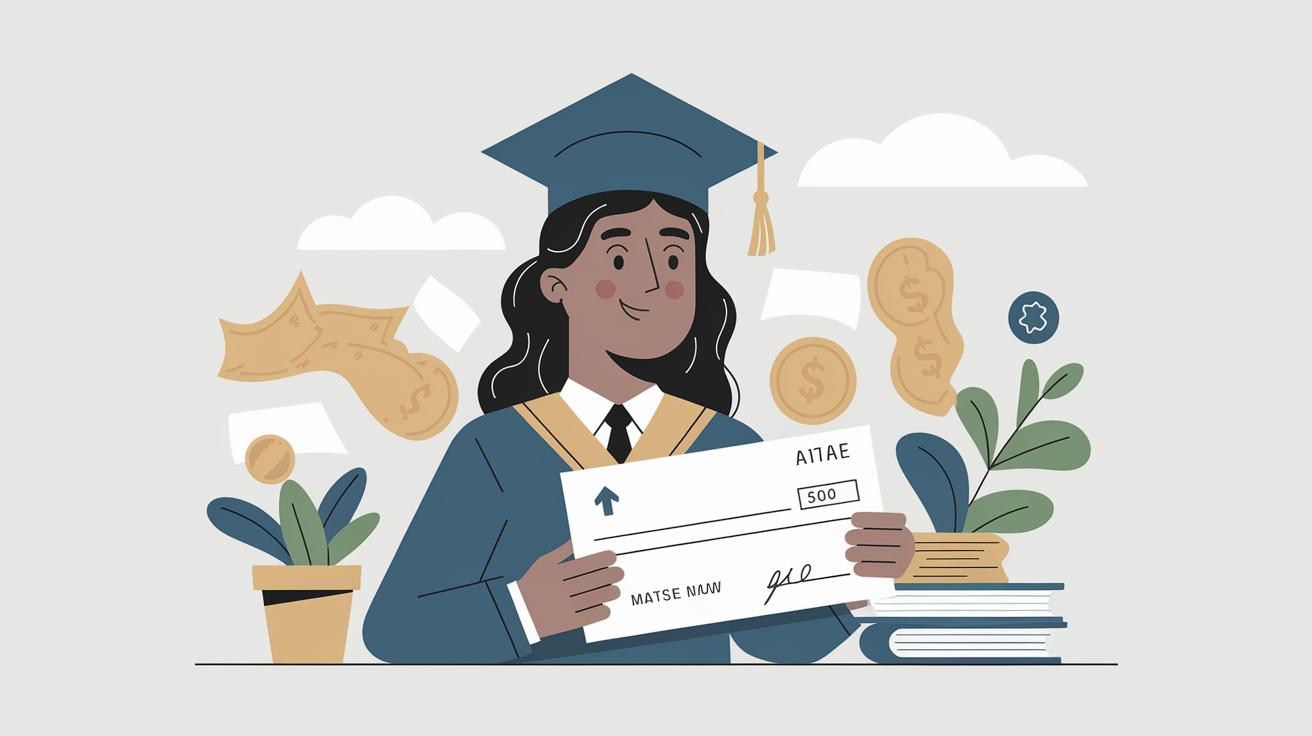Understanding FAFSA Verification and Bank Accounts
The process of applying for financial aid can be daunting, especially when it involves looking into personal finances. Students applying for federal student aid often wonder about the implications of their bank accounts on their application, particularly regarding FAFSA (Free Application for Federal Student Aid) verification. This blog post dissects what FAFSA verification entails, why you might be selected for this process, and what it checks. Additionally, we provide essential tips for students who are selected for verification, delve into frequently asked questions, and offer practical advice to ensure a smooth financial aid application journey. By gaining clarity on these aspects, students can approach the FAFSA process with confidence and focus more on their academic aspirations rather than financial logistics.
What is FAFSA verification?
FAFSA verification is a process used by the U.S. Department of Education to ensure the accuracy of the information provided by students on their FAFSA applications. Each year, the Department of Education selects approximately 30% of FAFSA applications for verification. This is not meant to intimidate but to maintain program integrity by checking for errors or discrepancies.
During verification, students may be required to provide additional documentation that supports the information submitted on their FAFSA. This could include tax returns, W-2 forms, and other records concerning income and assets. Verification is an essential step in ensuring that the benefits of financial aid reach those who qualify fairly.
Why your FAFSA may require verification
There are several reasons why a student’s FAFSA application might be selected for verification. Most applications are chosen at random; however, some are flagged because they have been identified for potential errors based on certain criteria. Discrepancies or conflicting information in the application’s data may trigger a verification check.
Other common reasons include the submission of an estimated financial information, failure to use the IRS Data Retrieval Tool (DRT), and incomplete or inconsistent fields in the application. Understanding why you might be selected can demystify the process and help you better prepare for complying with verification requirements.
What does verification check?
Verification checks generally focus on several key data areas to confirm their accuracy. This includes household size, number of household members attending college, adjusted gross income (AGI), taxes paid, and untaxed income. If you indicated certain financial circumstances such as the loss of employment, this might also be reviewed.
While FAFSA doesn’t directly access your bank account details, it considers financial data that reflects your situation accurately. Therefore, it’s essential that applicants report their financial status honestly and accurately to avoid any complications during the verification process.
What to do if selected for verification
If you are selected for FAFSA verification, remain calm and organized. Your first step should be to carefully review the information your institution requires. Typically, this will include documentation like federal tax information and verification worksheets.
Respond to requests promptly as delays in submitting documentation could affect your financial aid package and timing. Swift action and accurate submissions help expedite the process, ensuring you receive aid when you need it. If you encounter issues, don’t hesitate to contact your institution’s financial aid office for guidance.
Additional financial aid resources
Aside from federal assistance through FAFSA, there are countless external resources you can explore to supplement your financial needs. Scholarships, grants, and work-study programs are available through various public and private organizations.
Furthermore, many online platforms and financial literacy workshops offer invaluable advice tailored to navigating financial aid effectively. By staying informed and proactive, you can broaden your opportunities and discover support systems that align with your educational goals.
Frequently asked questions about FAFSA verification of bank accounts
Why was I selected for FAFSA verification?
Your FAFSA application may have been selected due to inconsistent or incomplete information or simply as a random selection. In some cases, the use of estimated figures or the choice not to use the IRS Data Retrieval Tool could trigger a verification. Understanding this can help you better manage your response to such selection.
What if I do not complete the FAFSA verification?
Failure to complete FAFSA verification will result in a delay or denial of your financial aid package. Remember, schools cannot disburse aid until the process is complete. Therefore, it is imperative to comply fully with verification requirements to ensure you receive your aid in a timely fashion.
How long is the FAFSA verification process?
The duration of the FAFSA verification process can vary depending on the complexity of your financial situation and how quickly and accurately you submit required documents. Typically, the process can take anywhere from a few days to weeks. Staying on top of deadlines and being prompt can help expedite this period.
Should I be worried if I am selected for FAFSA verification?
While being selected for FAFSA verification might seem concerning, it is a routine part of the financial aid process and not in itself a cause for alarm. Generally, provided you supply accurate documentation promptly, it can be a straightforward process. It is simply meant to confirm data accuracy, not to penalize or audit you unnecessarily.
Student-centric advice and objective recommendations
It’s important for students to approach the FAFSA and verification process with careful preparation and a strategic mindset. Start by thoroughly reviewing all information required and utilizing resources such as the IRS Data Retrieval Tool to minimize discrepancies and expedite your verification.
Moreover, connecting with financial aid offices at your institution can offer personal guidance tailored to your specific situation. They are often in the best position to assist you with any complex issues that arise during the verification process. Remember, consistent communication and preparation can significantly ease the journey toward acquiring your financial aid.
| Section | Content Summary |
|---|---|
| FAFSA Verification | A process ensuring accurate FAFSA information, involving random selections and data checks. |
| Reasons for Verification | Selected due to data errors, incomplete information, or simply at random. |
| Verification Checks | Focuses on household information, income, and clarifying financial data, not direct bank account access. |
| Post-Selection Actions | Gather required documents, respond promptly, and seek assistance if needed to avoid aid delays. |
| Financial Aid Resources | Explore scholarships, grants, and online tools for comprehensive financial support. |
| FAFSA FAQs | Addresses concerns about selection reasons, consequences of non-compliance, and expected timeline. |
| Advice & Recommendations | Encourages preparation, resource utilization, and institutional guidance for smoother processes. |


